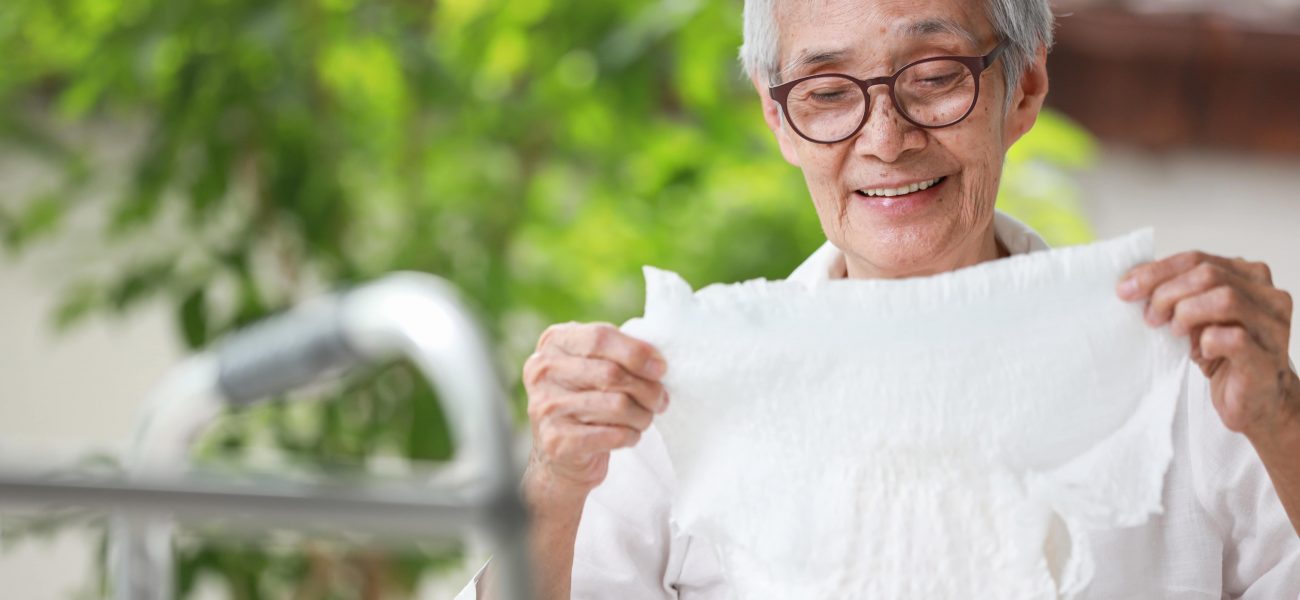Caring for Aging Loved Ones: Tips for Properly Using and Changing Adult Diapers
Caring for our loved ones who are suffering from urinary incontinence presents caregivers with a unique set of challenges, ranging from maintaining their comfort and self-esteem to addressing hygiene concerns. The daily tasks of managing adult diapers and facilitating diaper changes can be physically and emotionally challenging, understanding the need for a comprehensive approach will help ensure the well-being of both the elderly people and the caregiver.
Choosing the Right Adult Diapers
When choosing the right adult diaper, factors such as size, absorbency level, and overall comfort must be carefully considered to prevent leakage and skin irritation. Equally important is involving the elderly people in the decision-making process, valuing their input to foster a sense of autonomy and control over their own care.
Using Adult Diapers
Using the right adult diapers and using them correctly is crucial for optimal comfort, leak prevention, and preserving the dignity of the wearer. In today’s era, pant style diapers make it a lot more easier as all you have to do is follow the simple steps mentioned below:
- Start by helping the individual step out of their old diaper and standing them up. Gently cleanse the area and ensure it’s dry before proceeding.
- Hold the diaper at the waistband and guide the individual’s feet through the leg openings, similar to wearing regular underwear.
- Pull the diaper up, ensuring it fits snugly yet comfortably around the waist and thighs.
- Make certain the leg openings sit properly, minimizing any risk of chafing, while still allowing freedom of movement.
- Check the fit by ensuring you can slide two fingers between the diaper’s waistband and the wearer’s skin without too much resistance.
Throughout the process, maintain open communication and acknowledge the individual’s privacy and comfort at all times.
Hygiene and Skin Care
Regular diaper changes are essential to prevent skin breakdown; a schedule tailored to the individual’s needs can help minimize prolonged exposure to moisture. When changing diapers, utilize gentle, skin-friendly products such as mild cleansers and soft wipes to cleanse the area thoroughly. Pat the skin dry gently, avoiding rubbing, and apply a barrier cream to create a protective layer against moisture. By adhering to these guidelines and embracing skin-friendly practices, caregivers contribute to the preservation of sensitive skin, promoting both comfort and overall hygiene.
Recognizing and Managing Discomfort
Caregivers should be aware of subtle signs that indicate the need for a diaper change. These signs include a damp feeling, a bulging diaper, or a noticeable odour. Promptly addressing these indicators can help prevent discomfort and maintain hygiene.
- Chafing, redness, and general discomfort are common challenges in individuals managing urinary incontinence. Regularly inspect the skin for any signs of irritation and take immediate action.
- Gently cleanse the area using mild products, pat dry, and apply a skin protectant or barrier cream. This proactive approach helps alleviate discomfort and prevent more severe skin issues.
Managing discomfort requires vigilance, timely intervention, and thoughtful communication. By recognizing signs, promptly addressing issues, and maintaining respectful communication, caregivers can ensure the well-being and comfort of their loved ones in managing urinary incontinence.























